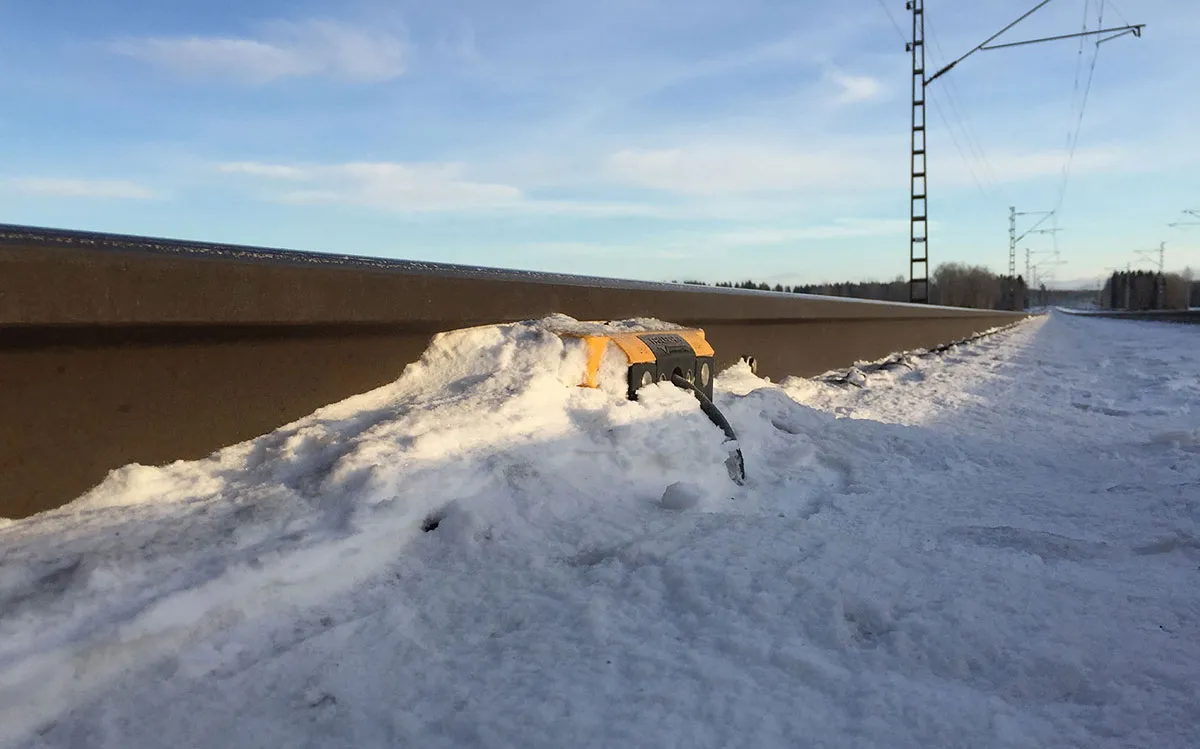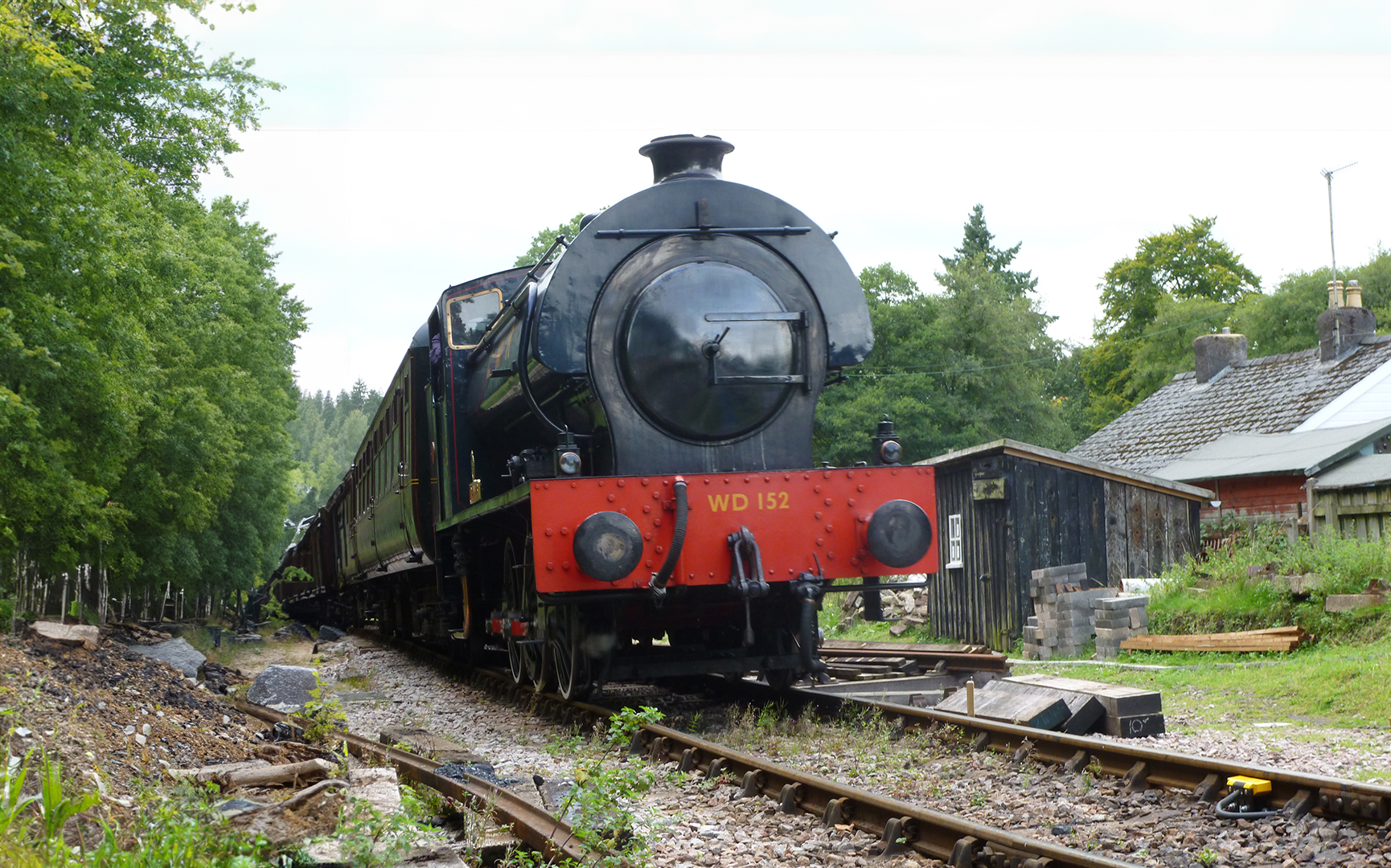
train-detectionChina
Chengdu Tram Line 2 | China
Chengdu Tram Line, located in the capital Chengdu City of Sichuan Province, is the first tram line to be operational in the city since 2018. The overall line is Y-shaped, with a total length of 39,3 km and 47 stations. It is also the first line in China to be equipped with the new generation Frauscher Advanced Counter FAdC® that supports communication via serial protocols.
To ensure an optimal operating environment, this project uses a relay hardware interface and a customised Ethernet-based software interface in conjunction with the FAdC®. The modular and scalable design of the software interface allows it to be seamlessly integrated into more complex high-level systems and interlocking systems.
With inductive sensing on the FAdC®, train detection becomes more reliable and accurate. In addition, intelligent functionalities such as STS and CHC help suppress accidental induction and customise the number of suppressions. These functionalities play a pivotal role in this project because the track is built on public streets and metallic debris scattered on the track could cause interferences and affect the wheel sensors. The CHC function takes care of this by suppressing accidental fault or occupancy messages triggered by external effects. Meanwhile, STS helps operators save time as it resets faulty track sections automatically, eliminating the need for manual intervention.
The FAdC® supports integrator-specified serial protocols to implement safety-related data communication for open transmission systems. In addition, the communication board is SIL 4 certified.
Reduced maintenance costs
State-of-the-art communication technology, customised safety protocols and intelligent functionalities of the FAdC® have reduced the space occupation, energy consumption and overall maintenance costs for the Chengdu line.
Smart functions for maximised availability
Intelligent functionalities such as STS and CHC suppress error messages caused by accidental interferences and enable faulty track sections to be reset automatically, ensuring failsafe functioning, and further increasing the availability of the system.
Seamless integration into higher-level systems
The software interface has a modular and scalable design, delivering a high degree of flexibility in design and enabling the FAdC® to be easily configured and integrated into other systems.
This might also interest you

train-detectionFinland
Kokkola | Finland

train-detectionSerbia
Hungary-Serbia Railway Project | Serbia

train-detectionIndia
Jhansi - Bina Railway Line | India

train-detection
Maintaining the past, creating the future | UK
